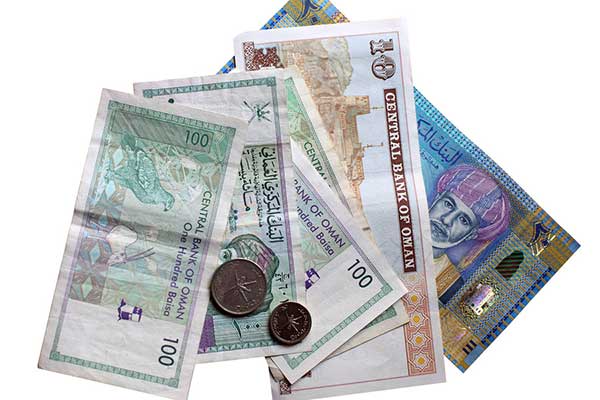
Moody’s upgrades Oman's banking system to stable
DUBAI, November 15, 2016
Moody's Investors Service, a leading provider of credit ratings, research, and risk analysis, has revised its outlook for Oman's banking system to stable from negative.
The stable outlook reflects Moody's expectation that Omani banks' credit profiles will remain broadly stable over the outlook horizon, as increased government borrowing and higher hydrocarbon output will support a level of public spending that will help stabilise the softened economy, following a prolonged period of decline in oil prices.
Moody's report, entitled "Banking System Outlook - Oman: Stable Outlook Reflects Expected Creditworthiness Resilience" expresses Moody's expectation of how bank creditworthiness will evolve in Oman over the next 12 to 18 months.
"The Omani government will help cushion the economic impact of low oil prices by maintaining high levels of public spending despite its lower oil related revenues," said Mik Kabeya, analyst at Moody's. "The government's countercyclical spending policy will bolster the resilience of the banks' asset quality, profitability and capital metrics, while funding and liquidity will weaken moderately."
Moody's expects real GDP growth to slow gradually to 1.7 per cent in 2016 and 2.0 per cent in 2017, from 3.3 per cent in 2015. Subsequently, credit growth will decelerate to an average of 7 per cent-9 per cent over 2016-2017, from 12 per cent in 2015, according to the rating agency.
“While we expect problem loans to increase modestly over the outlook period as the expected economic slowdown pressures corporate profits and household finances, loan performance for Oman's banks will remain fairly resilient. The rating agency forecasts problem loans to increase to around 3.0 per cent of gross loans by end 2017, from a low 2.1 per cent at June 2016,” Moody’s said in the report.
Capital buffers will remain stable, providing the banks with strong loan loss absorbency. System-wide tangible common equity (TCE) is likely to range between 12 per cent-14 per cent of risk-weighted assets over the next 12 to 18 months (13.2 per cent as of December 2015). Furthermore, profitability will also remain healthy despite a marginal decline, with Moody's forecasting net interest margins to decline marginally to 2.2 per cent-2.4 per cent over the outlook horizon (2.5 per cent in 2015), affected by increasing funding costs. Moreover, higher provisioning charges will also weigh somewhat on the profitability.
On the funding side, while the banks will remain predominantly deposit funded, increased domestic government borrowing and slower growth in deposit flows from the government and government related issuers (34 per cent of deposits as of June 2016) will pressure the system's liquidity. This will marginally increase the banks' reliance on confidence sensitive wholesale markets.
Finally, Moody's expects Omani authorities' willingness to provide financial support to the local banks to remain 'very high', in line with the government's long history of supporting the country's banks. – TradeArabia News Service







